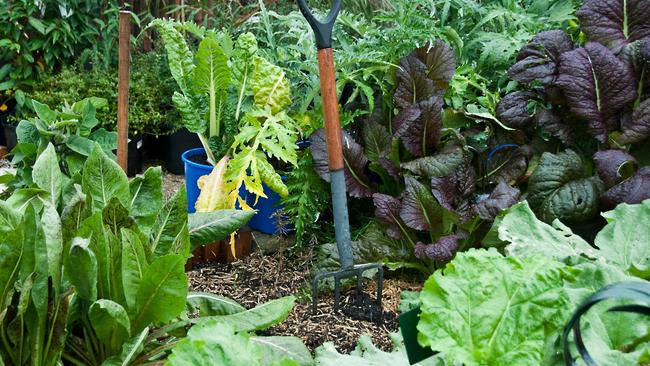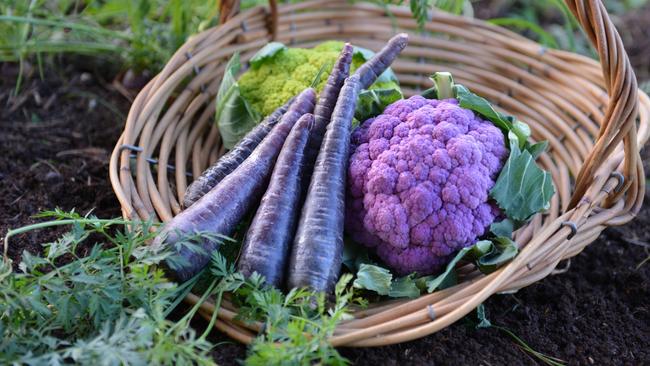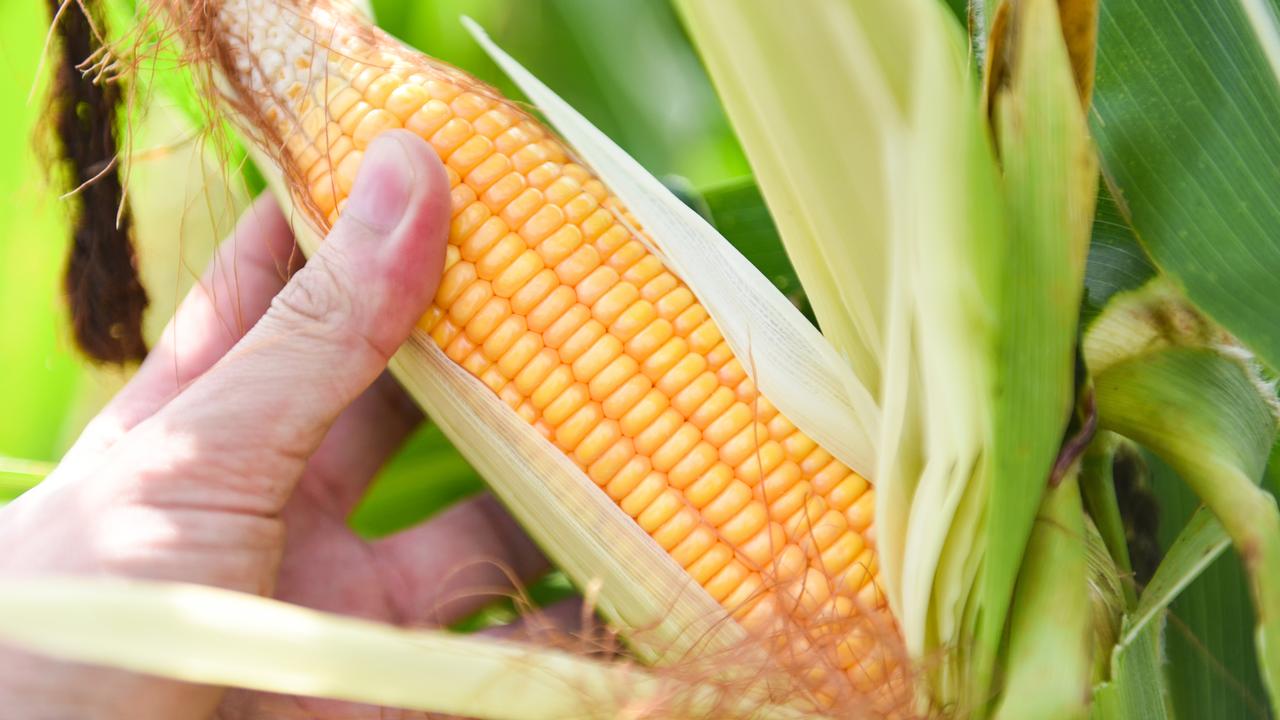February gardening tips: Which vegetables you should be planting now
As the end of summer draws nearer, find out what you should be planting into your vegie patch now — and all the tips to make sure they flourish.

WITH alarming predictions of vegetable prices doubling in a decade and increasing shortages due to natural disasters such as drought, bushfires and even floods in some areas, there’s never been a better time to grow your own.
Maybe you have only ever grown spring, summer and autumn cropping produce such as peas, beans and tomatoes and don’t figure it’s worth your effort.
MORE
SPACE TO WALL OFF THE WORLD IN YOUR GARDEN
TREE CARE CHECKLIST FOR HOT SUMMER DAYS
GARDEN OR SUPERMARKET? WHERE TO GET YOUR VEGIES
Well, think again. Both you and your hip pocket could benefit.
And February is an ideal time for getting in vegies such as beetroot, cabbage, carrots, cauliflower, kale, radish, silverbeet, parsnip and leek.
With luck, you will have crops from late autumn through to spring.
Our soils are still quite warm and with daylight saving not ending until the first Sunday in April, there are plenty of daylight hours left for some vegie garden therapy.
Resist using poisonous sprays and there will be no doubt about plant health.
While the temptation is always to grow from seedlings, mainly to save time and for convenience, many of this month’s vegies, particularly root crops, are best seed sown.
Seedlings of root vegetables such as beetroot, carrots and parsnips transplant poorly and are frankly not worth the effort.
Sow seeds where you want plants to grow and simply thin out once seedlings are up.
If sowing into soil fertilised for previous crops or containing a good amount of organic matter, you likely won’t need to fertilise straight away.
Besides, root crops such as carrots don’t need excess fertiliser and, if given too much, will be tasteless and grow deformed with hairy roots.
The time to fertilise carrots is when seedlings are about 10cm tall, but avoid nitrogen-rich fertilisers that encourage foliage to the detriment of the carrots themselves.
Carrots crave phosphate and potassium to promote good root development. Even then, it’s a good idea to add fertiliser at half the recommended rate.
Soak seeds in water for an hour or two before sowing, and sow into a bed cultivated to about 40cm deep, resisting the urge to turn over the soil. Most nutrients will be close to the surface so turning the soil simply buries the goodness.

Give soil a deep watering before sowing, and sow into a drill created by pushing a rake handle into the soil.
There’s little point backfilling carrot seed because the first watering will push enough soil down and over the seed to hold it in place.
Carrot seed can take 15 to 22 days to germinate, so don’t give up on it.
Many leaf vegies, on the other hand, can be grown from seedlings and thrive in well fertilised, nitrogen-rich soil.
Better yet, work in plenty of rotted animal manure a week before planting and water well.
Silverbeet makes an ideal winter vegie when grown now. A good selection of Asian greens can go in later this month, but hold off planting broccoli for a month or two. Broccoli tastes best when grown over cooler days. Grow from seed or plant seedlings if the weather is not too hot.
A good trick to prevent seedlings from wilting during late hot days is to install a temporary shade cover over them for a short time.
Cabbages and cauliflower should both be planted into well composted, non-acid soils — and don’t forget a few plantings of lettuce.
To avoid bolting and transplant shock, grow some open-heart types and pick leaf by leaf as needed.
Keep plenty of water up to developing lettuce and mulch well with an organic mulch such as lucerne hay or pea straw and liquid fertilise.
For visual variety, include a few different coloured vegies, such as purple carrots and cauliflower and pink and white striped Chioggia beetroot.
Do all this and you’ll be one of the smuggest vegie gardeners about in coming months.


